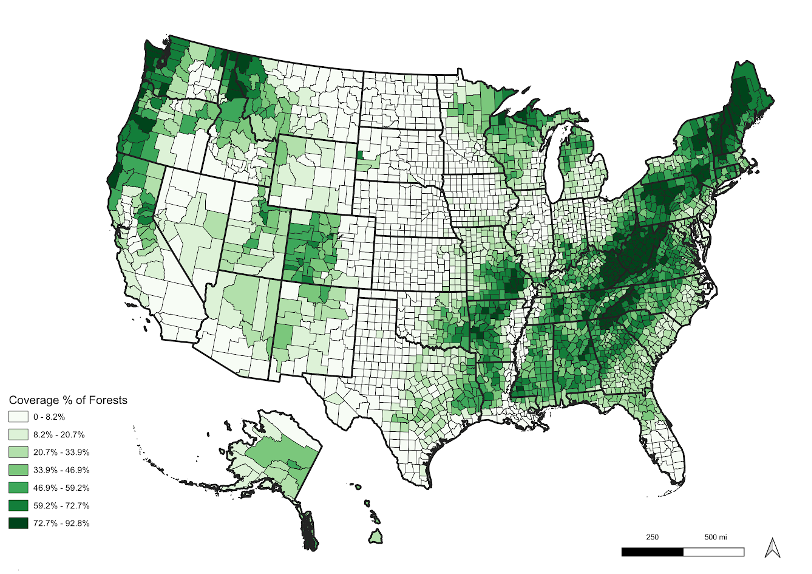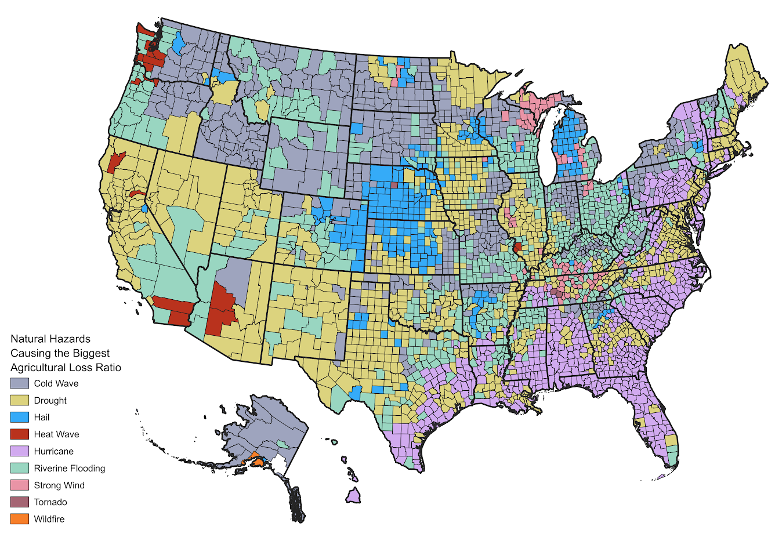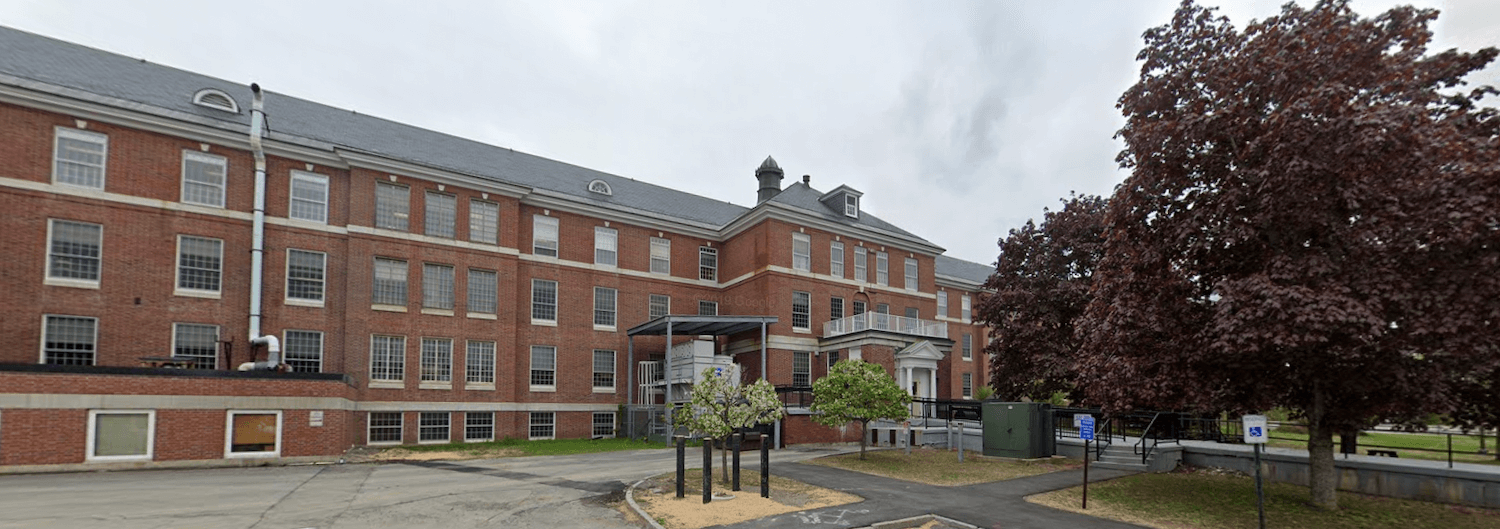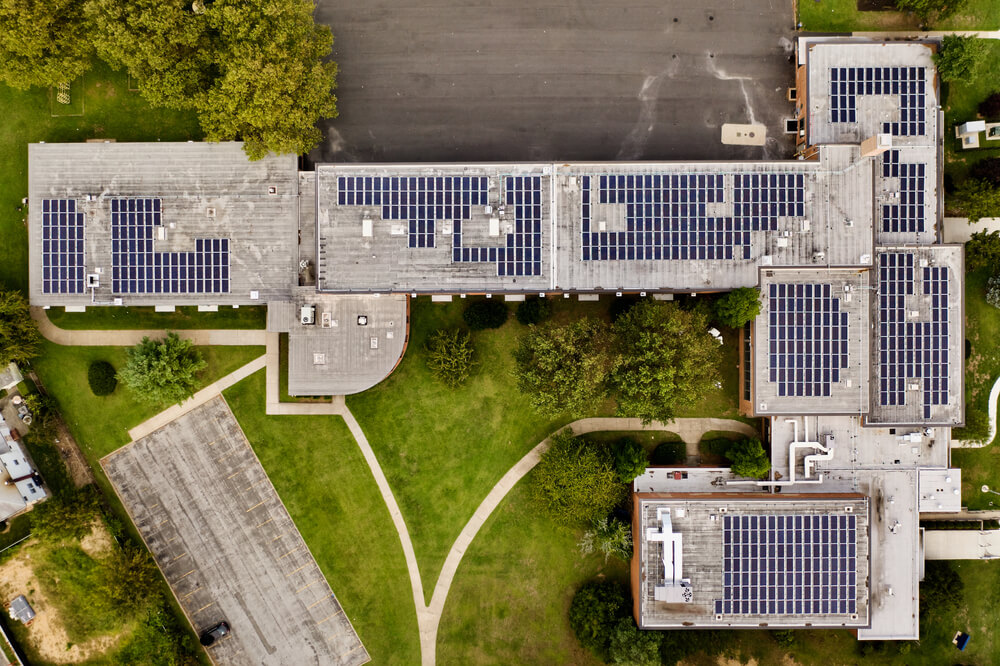Editor’s note: ImpactAlpha has partnered with HIP Investor to highlight upcoming bond issues with social and/or environmental significance. Disclaimer: Nothing in this post or on ImpactAlpha.com shall constitute an offer to sell or solicitation of an offer to buy bonds.
- CUSIP bond identifier: 56041MWZ3
- Issuer: Maine Governmental Facilities Authority
- Impact entity rated by HIP: State of Maine (green bond)
- Muni sector: government
- Closing date: 02/15/2024
- Bond amount: $5 million for the above CUSIP maturing in 2043; all issuances across all maturities in this green bond series total $64.5 million
- Coupon: 5%
- HIP Impact Rating: 79.5 on a 100-point scale, connoting “highly sustainable”
The State of Maine has set out state-wide sustainability-focused projects to support its foal reaching carbon neutrality by 2045 and becoming 100% renewable-energy powered by 2050. To support these goals, the Maine Governmental Facilities Authority is planning to issue $64.5 million in green bonds across 20 CUSIPs to fund the planning, design, renovation, construction and equipment of new and existing facilities for the state’s Department of Inland Fisheries and Wildlife. Proceeds from the bond series will also finance repairs and improvements of state-owned facilities and hazardous waste cleanup on state-owned properties.
The first issuance in the series, for $5 million, will finance green-building projects, energy efficiency upgrades, and improvements to a solid waste facility. A second party opinion, provided by Kestrel, confirms that the first issuance has a “green bond” designation.
The projects also align with four of the 17 UN SDGs, which are rated by HIP Investor.
Project details
The projects included in the bond series will cover:
- Adaptive reuse of a historic building, consolidating several department functions into one location for Maine’s Department of Inland Fisheries and Wildlife. Originally built in 1927, the headquarters and a building addition will achieve LEED Silver certification. It will become fully electrified and have at least three EV charging stations. The bond can fund also solar panels with battery storage or geothermal systems. The building’s structure will be made from cross-laminated timber, an engineered wood product that replaces energy-intensive building materials such as steel and concrete.
- Remediation of asbestos, restoration or replacement of windows, ventilation system installation, and energy upgrades on a 262,000-square-foot complex of six connected historic buildings, originally built from 1836 to 1876.
- Construction of a new, larger building for the state’s Office of Chief Medical Examiner. Heating and cooling will be supplied by electric heat pumps, which will be supplemented by high-efficiency gas-fired boilers for extreme winter conditions. Generally, the new building design will use 20% less energy and to consume 40% less fossil fuel. Building materials will emit low or no volatile organic compounds.
- Capping or covering the Dolby landfill to reduces the amount of runoff discharged to the local wastewater treatment plant. Capping the landfill will also reduce the amount of pollution released to nearby bodies of water.
- Addressing issues revealed during an asbestos abatement on a cultural building, and upgrading its electrical circuitry for new lighting, a new backup generator, and updated building systems. Extra layers of spray foam insulation and a new roof, windows and HVAC system are also planned.
- Ray Building renovation, gutting of interior, replacement of all systems, upgrade of the building envelope for improved insulation, new windows and improvements to stormwater management. The building houses Maine’s Department of Environmental Protection. Upgrades will transition the building from natural gas for heating and cooling to a variable-refrigerant-flow system, which operates on electricity. The change will reduce the buildings greenhouse gas emissions by up to 43%.
HIP impact analysis
Since 2019, Maine’s new regulations mandate accounting for climate change projections, energy efficiency, and emission reductions when designing new state facilities. The regulations also encourage resilient building systems design, such as the use of battery storage and microgrids.
In December 2020, the Maine Climate Council published the four-year “Maine Won’t Wait” climate action plan to coordinate efforts across sectors – recognized in 2022 by the American Planning Association as one of the best US State plans.
Maine also prioritizes physical resilience to climate hazards: its Community Resilience Partnership helps municipal and tribal governments plan and implement resilience plans. Maine developed the “2023 Hazard Mitigation Plan” to assess vulnerability of essential state facilities and infrastructure to potential flooding and other climate-related risks. It expects to develop climate-ready design guidelines for infrastructure by 2025.
HIP rates the State of Maine’s green bond at 79.5 out of 100 points, connoting a “strongly net positive” rating overall, enhanced by the “green bond” elements. Maine’s non-green-bond impact rating is 64.9%, higher than the US State sector average of 53.9%. Maine beats the US State average in pillars of health, earth, and equality. It is a national leader in renewable energy use. Maine’s renewables as a share of state total energy is over three times higher (38%) than all US states’ average of 12%.
Prioritizing nature conservation
This green bond supports Maine’s Department of Inland Fisheries and Wildlife, whose mission includes preservation of diverse wildlife and aquatic resources in Maine. The below map of the United States shows the percent of forest coverage, a factor in HIP’s climate threat resilience ratings.

Maine is one of the darkest green areas, connoting dense forests, which safeguard communities and ecosystems against natural disasters. Forests are also essential to rainfall recycling and hydrological balance, and regulate the microclimate via increased humidity and decreased temperatures. Thus they mitigate the threat of drought, which is a key risk to Maine’s agriculture.
The below map shows the primary climate risks to Maine are water-related (vs other hazards related to heat, cold, and wind).

Another positive for the state’s HIP rating is that Maine’s governance, policies and plans are leading among US States. This green bond, which funds energy efficiency, saving money and greenhouse gas emissions for the state, provides a model for how infrastructure can be upgraded for a more sustainable future.
DISCLOSURES: HIP Investor Inc. is a state-registered investment adviser in several jurisdictions, and HIP Investor Ratings LLC is an impact-ratings firm evaluating impact and ESG on 400,000 investment ratings, including 126,000 municipal entities, 267,000 muni-bond issuances, and 14,000 corporates for equities and bonds. HIP Impact Ratings are for your information and education – and are not intended to be investment recommendations. Past performance is not indicative of future results. All investments are risky and could lose value. Please consult your investment professionals to evaluate if any investment is appropriate for you, your goals, and your risk-return-impact profile.
Anna Rautenberg is an ESG Impact Investing Analyst at HIP Investor Ratings LLC.











